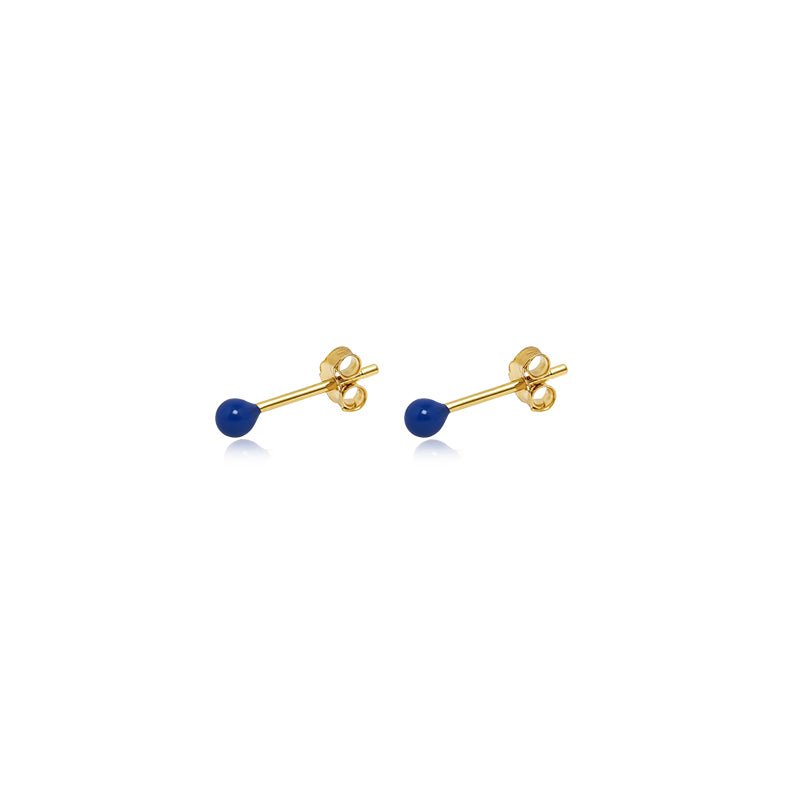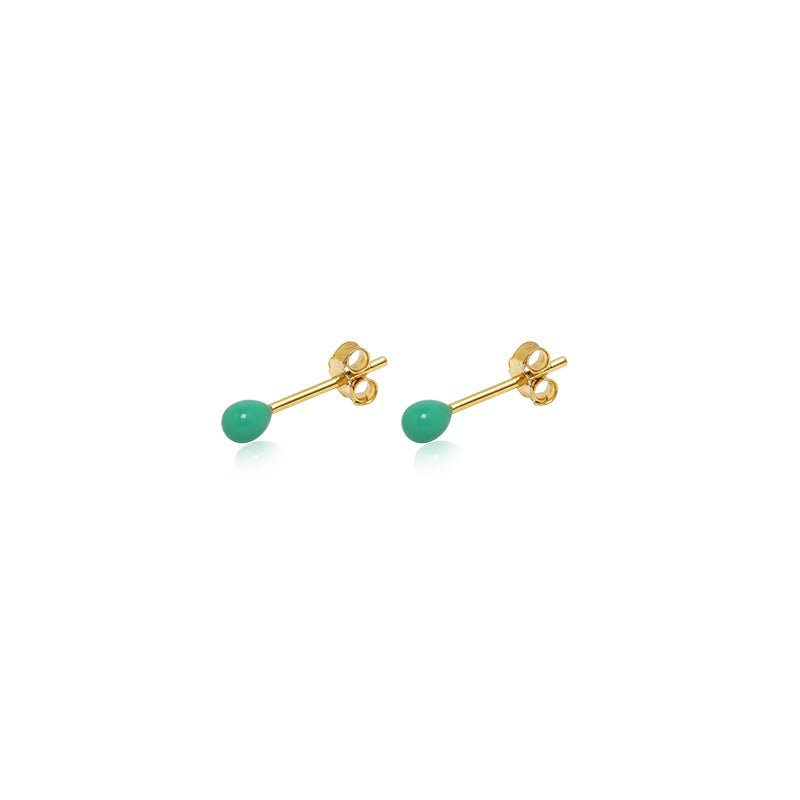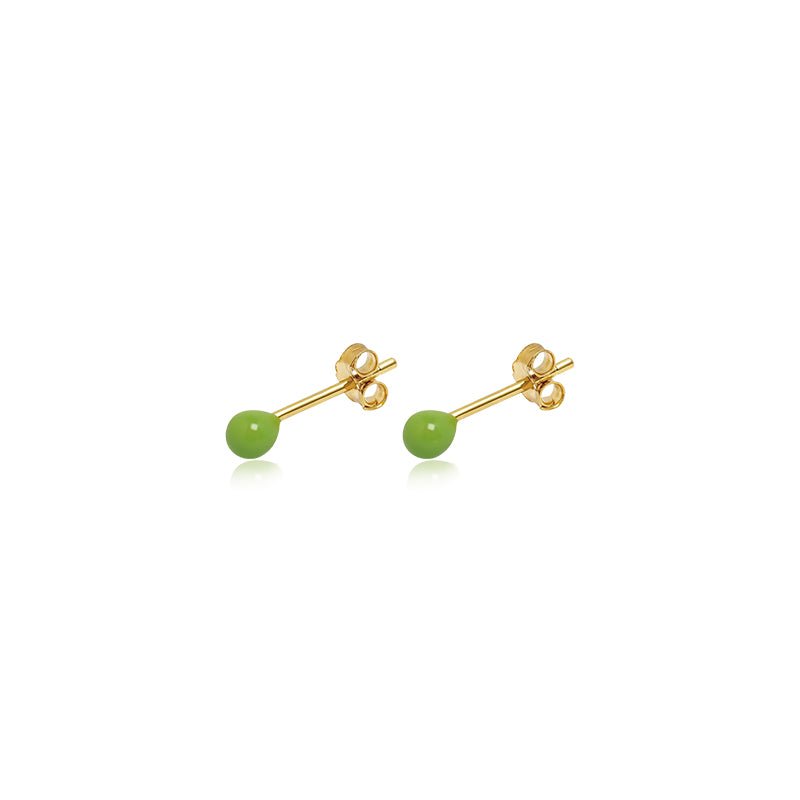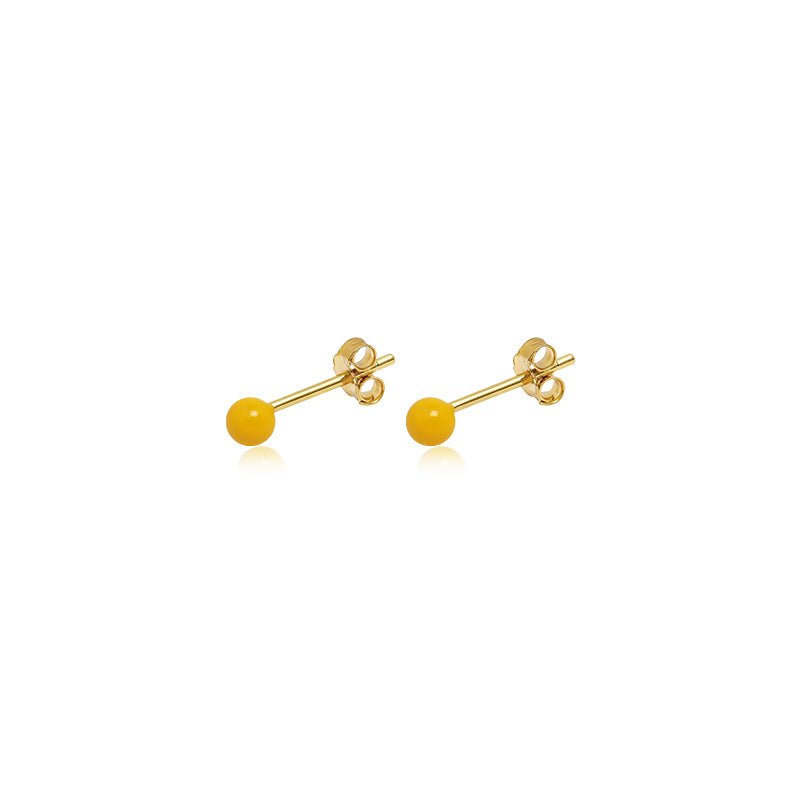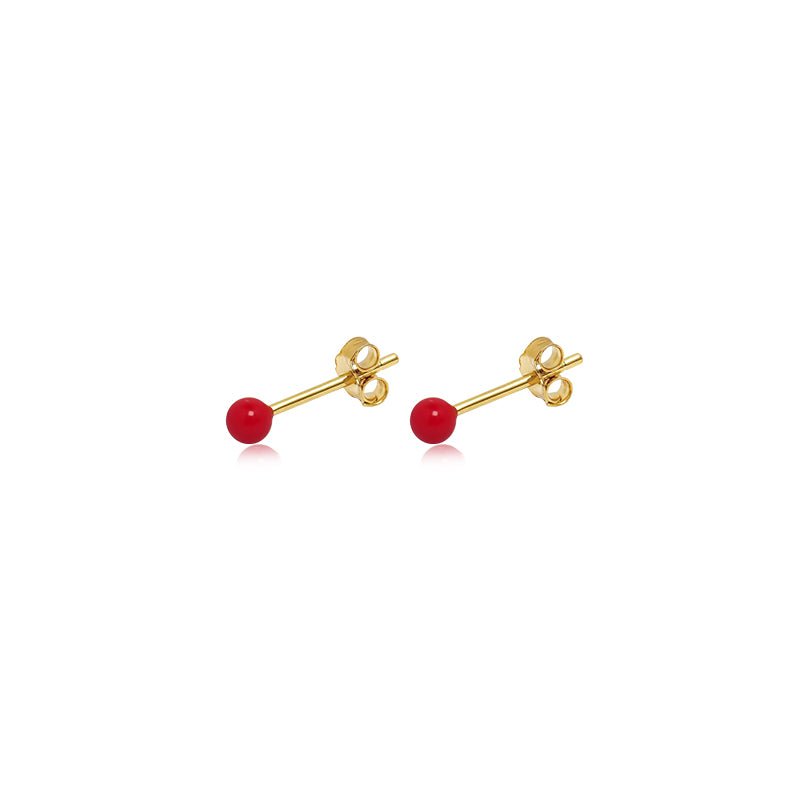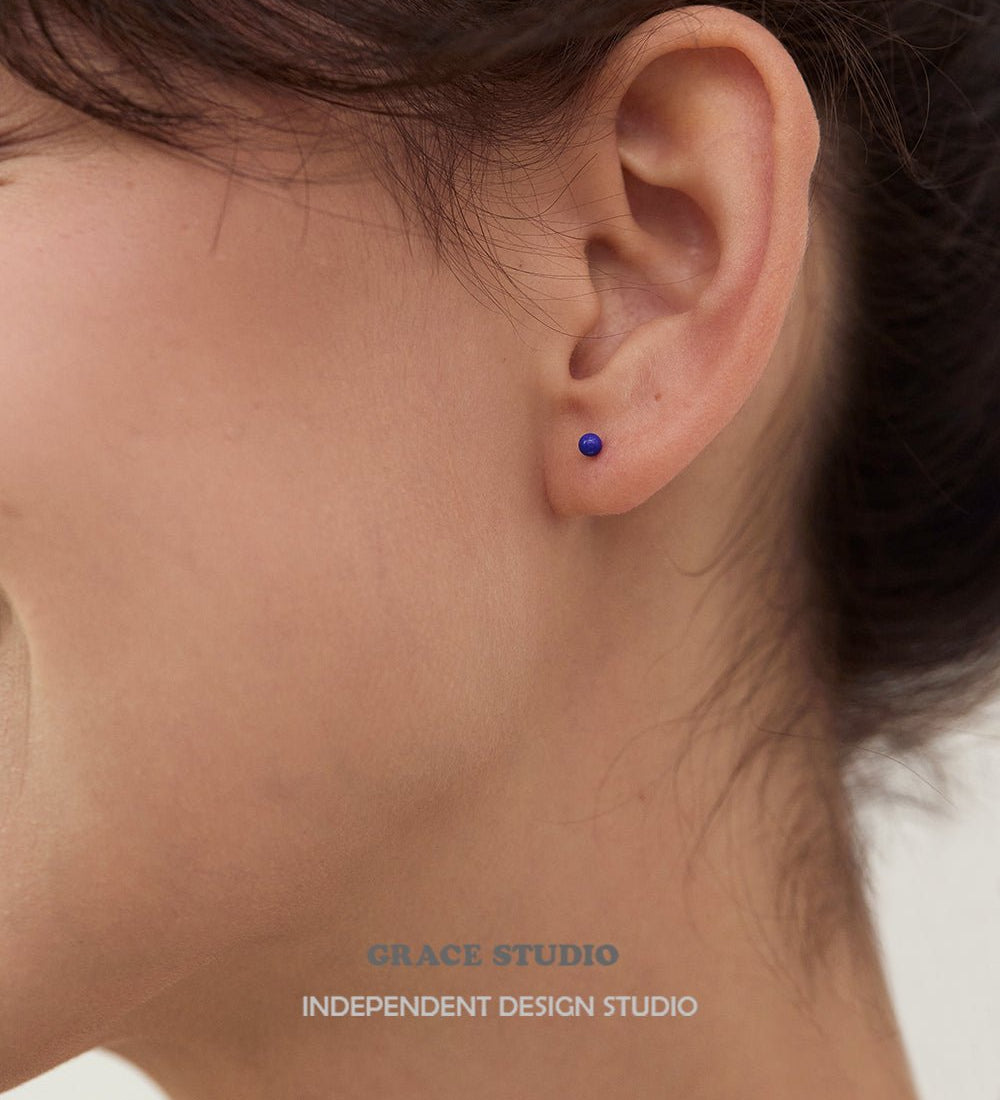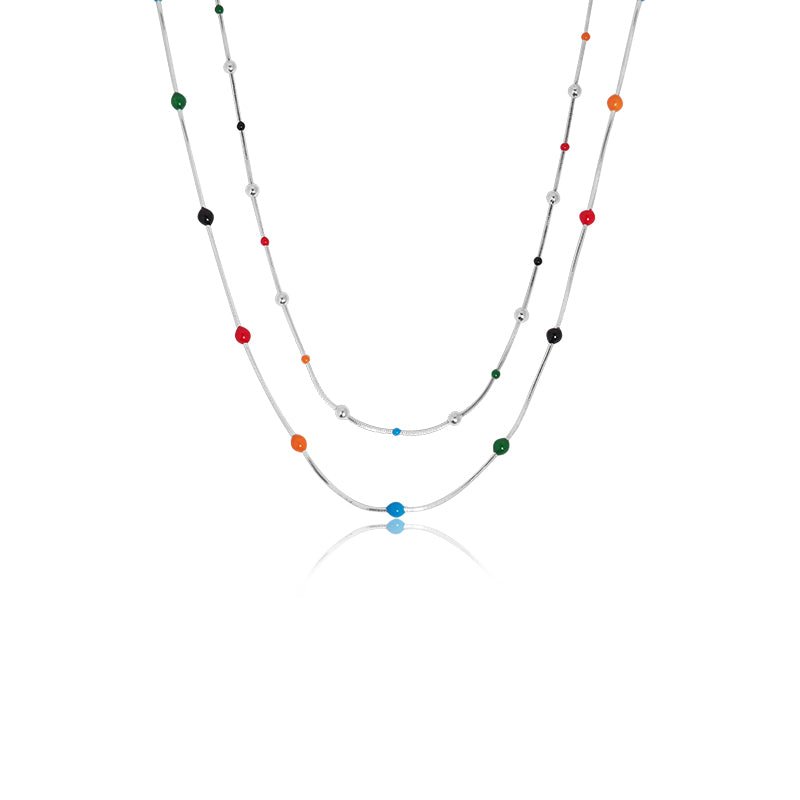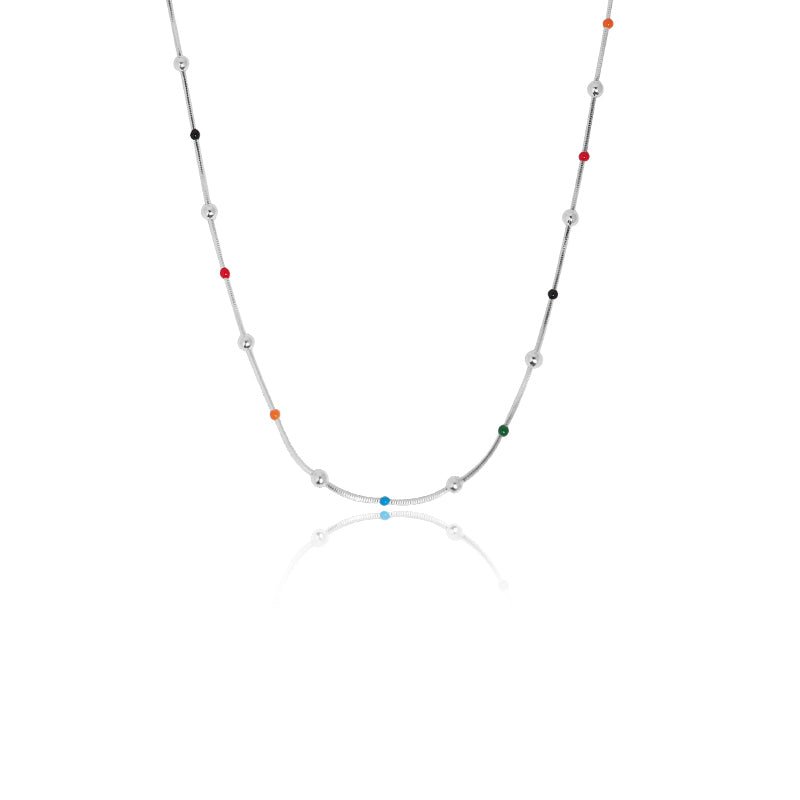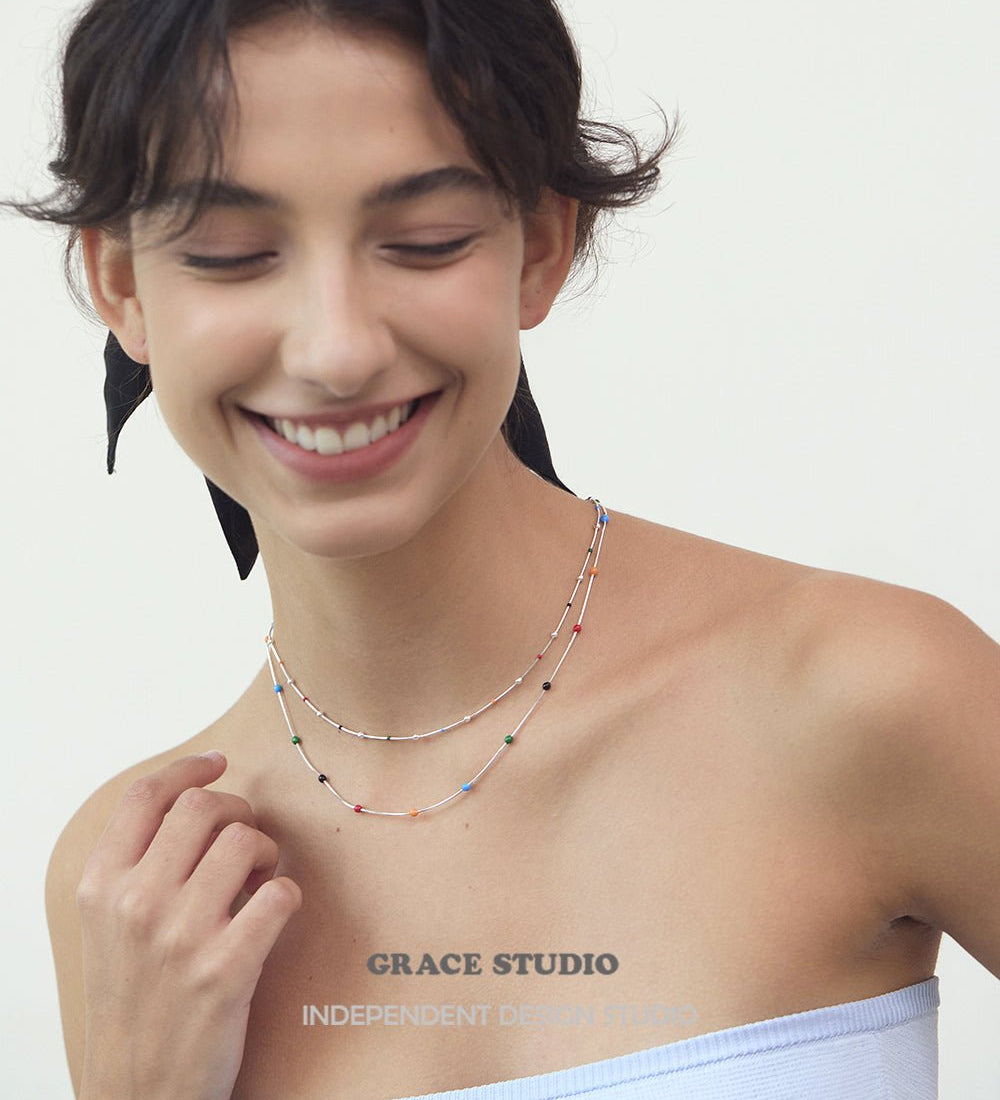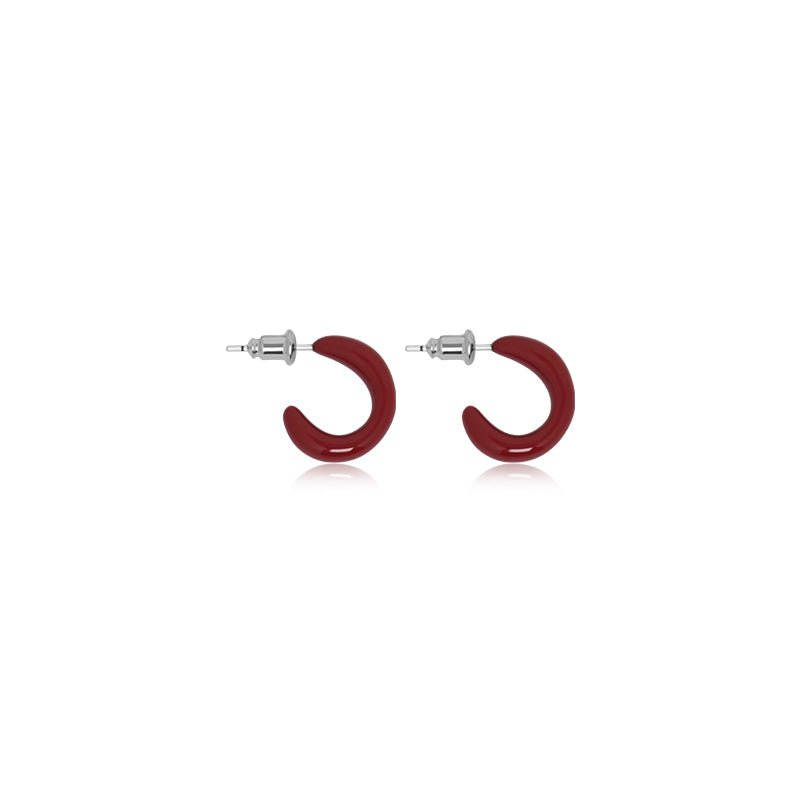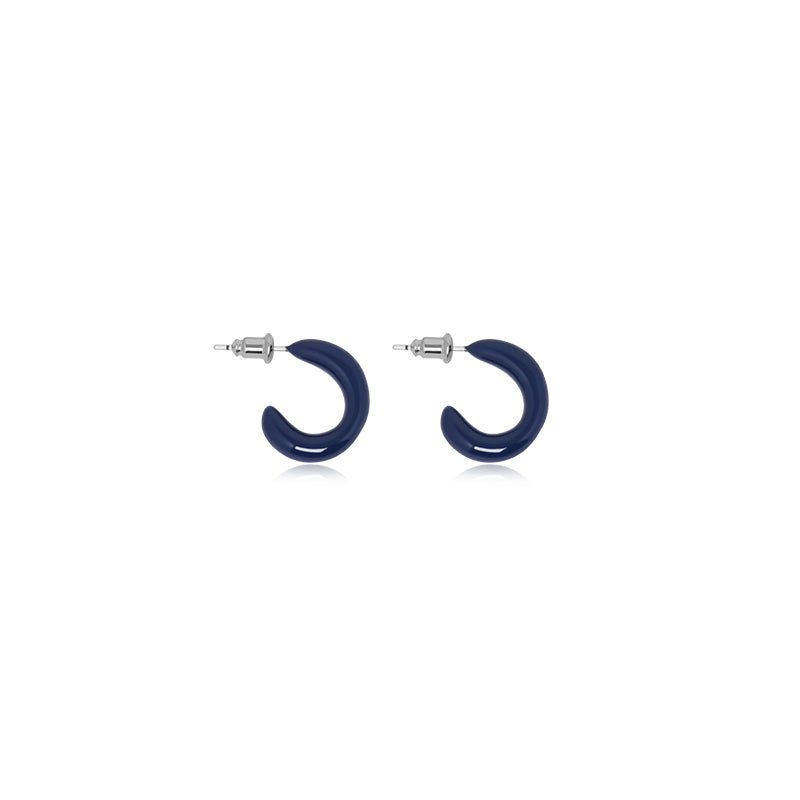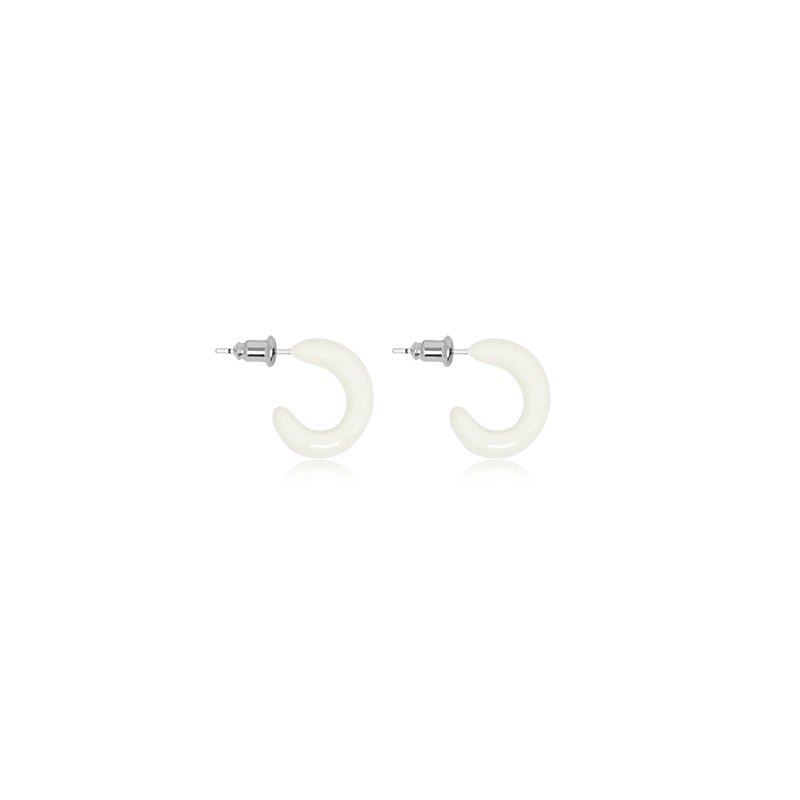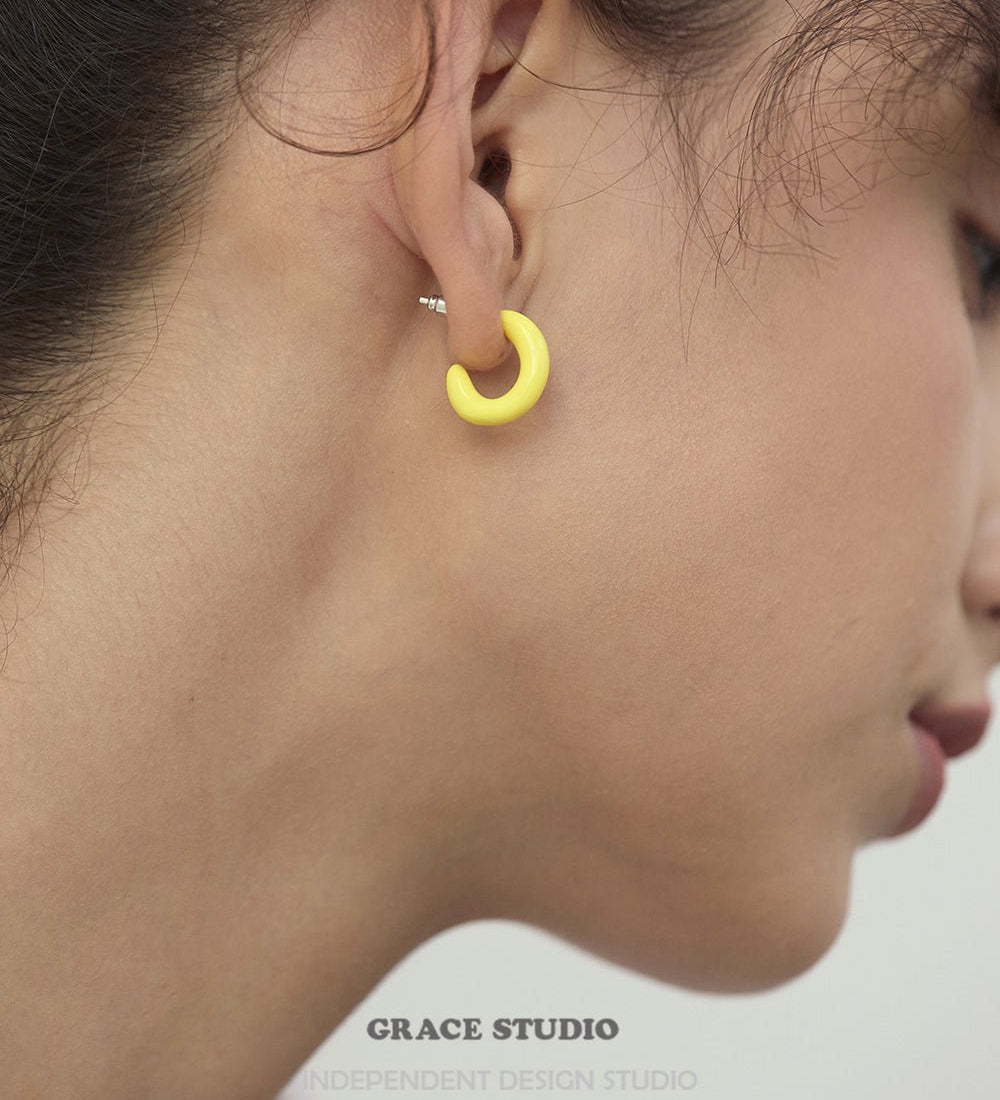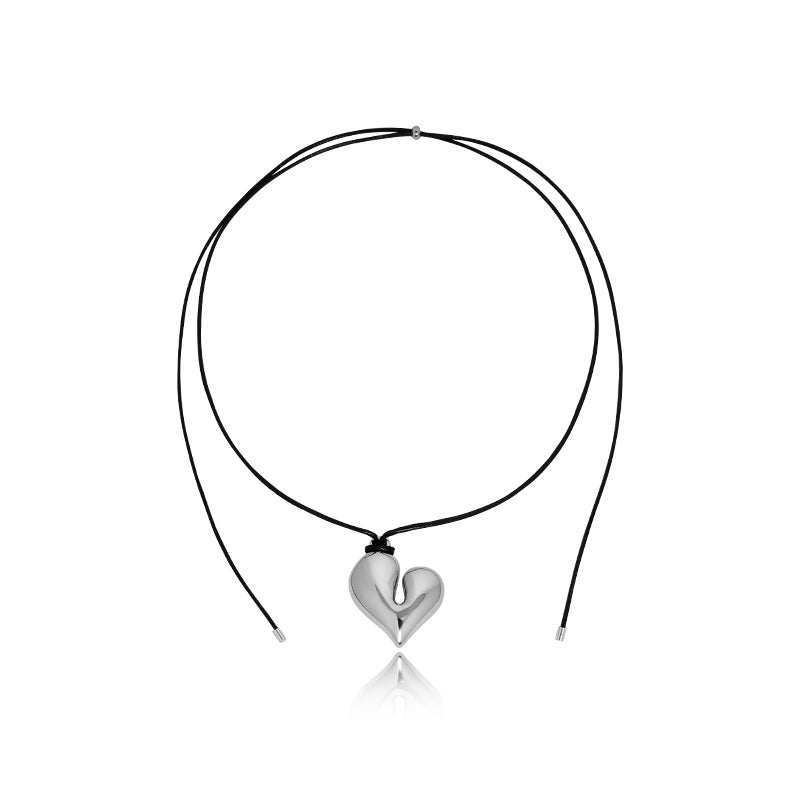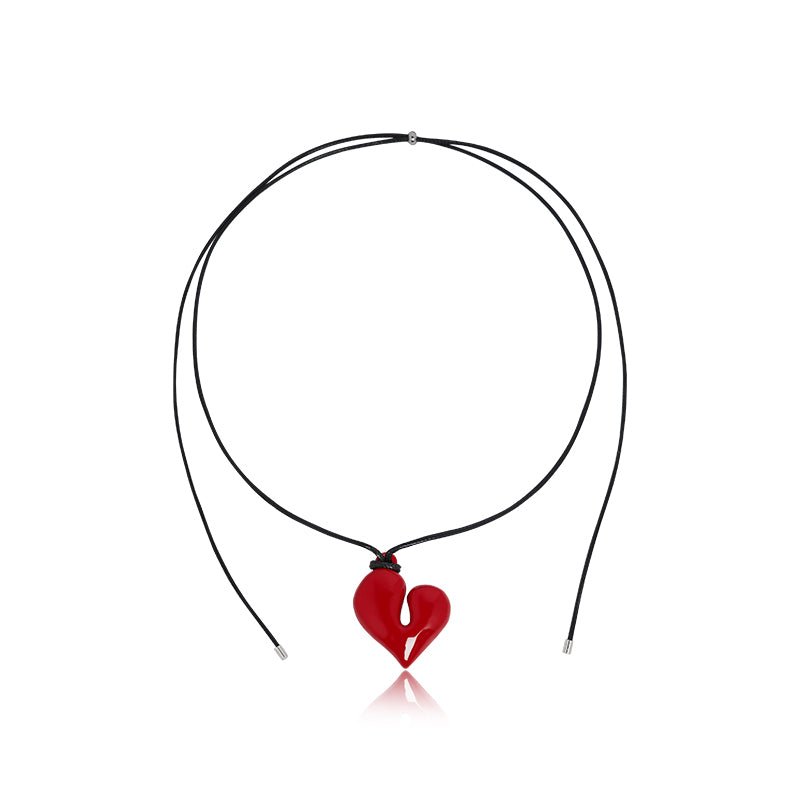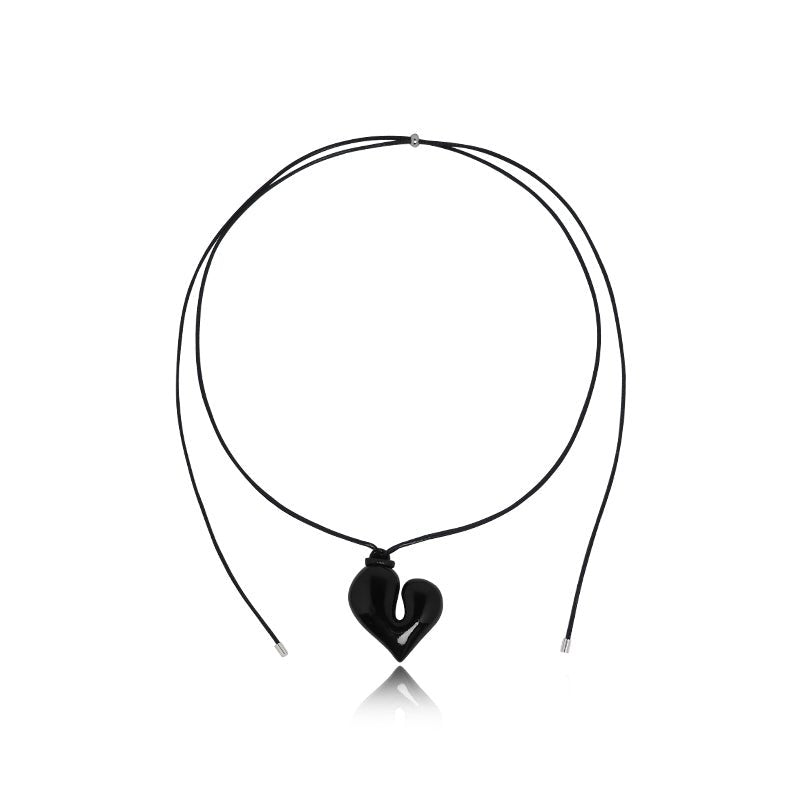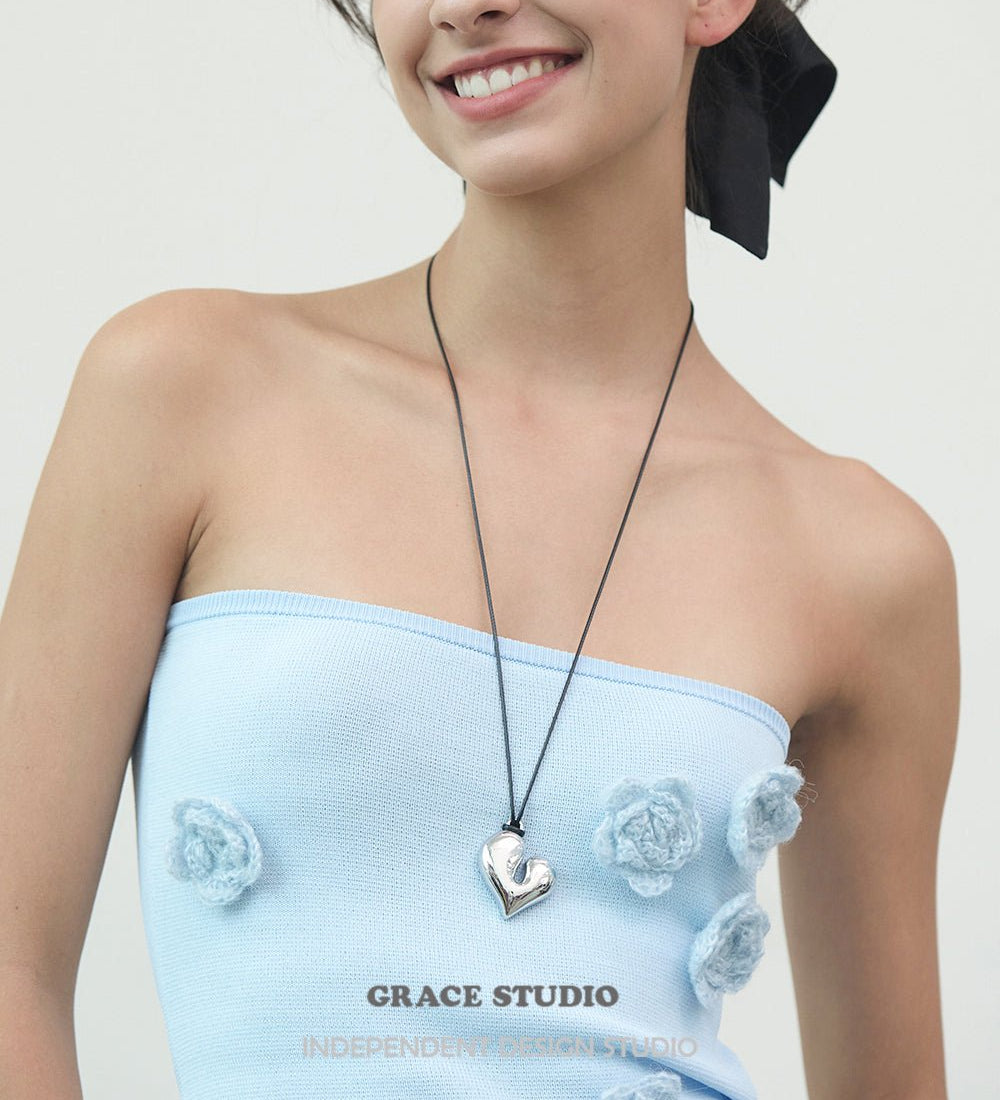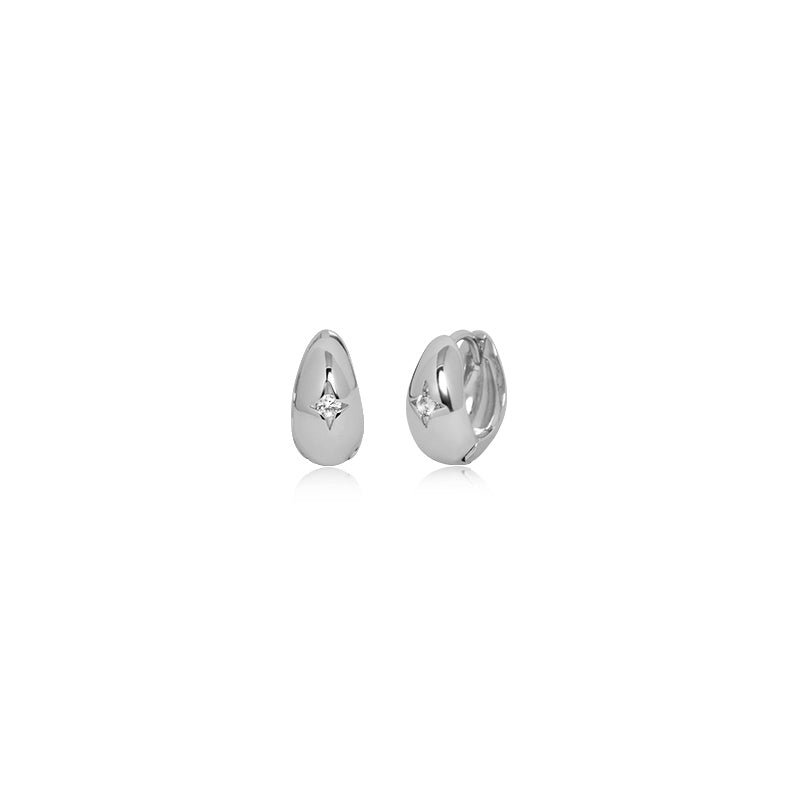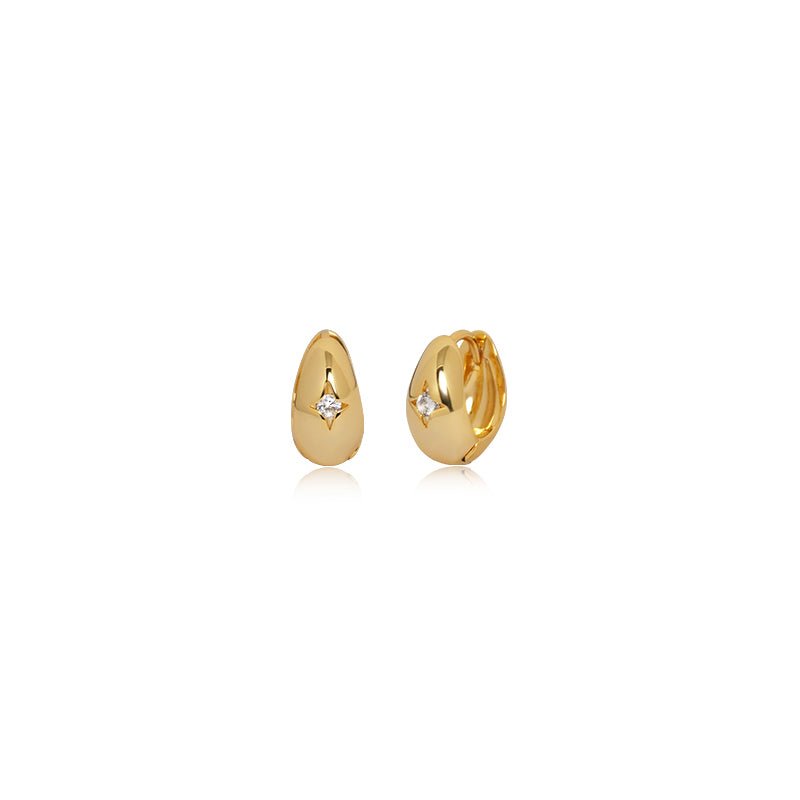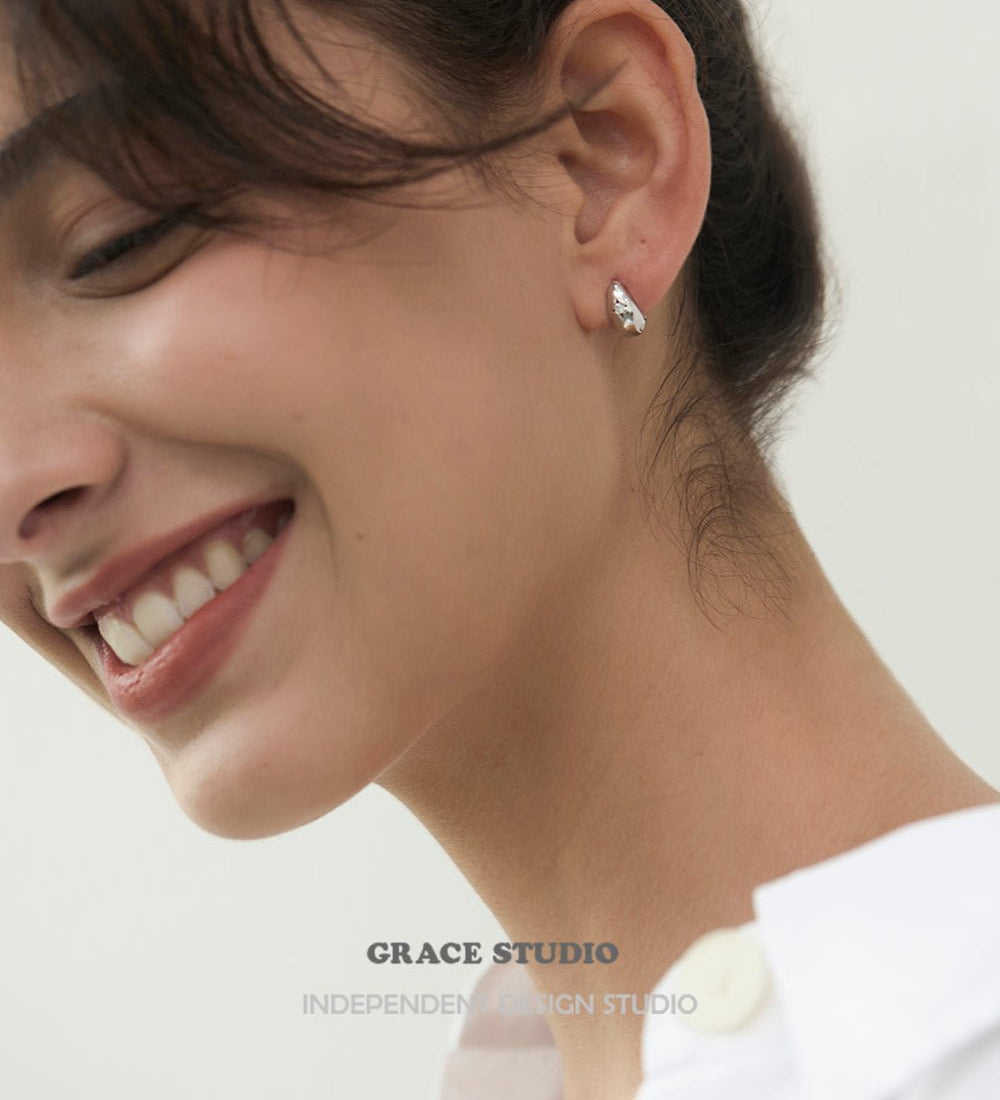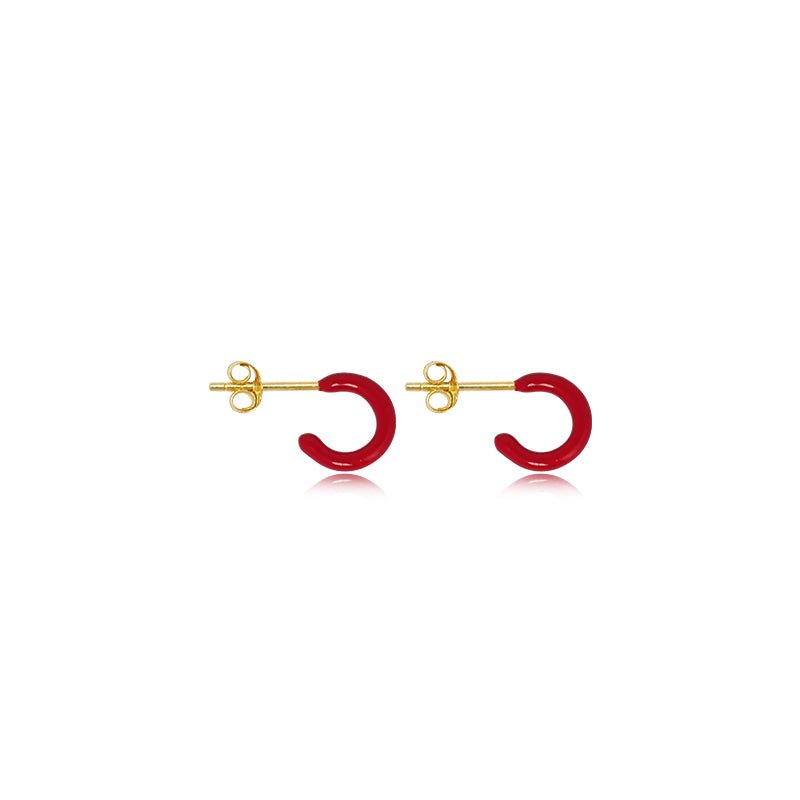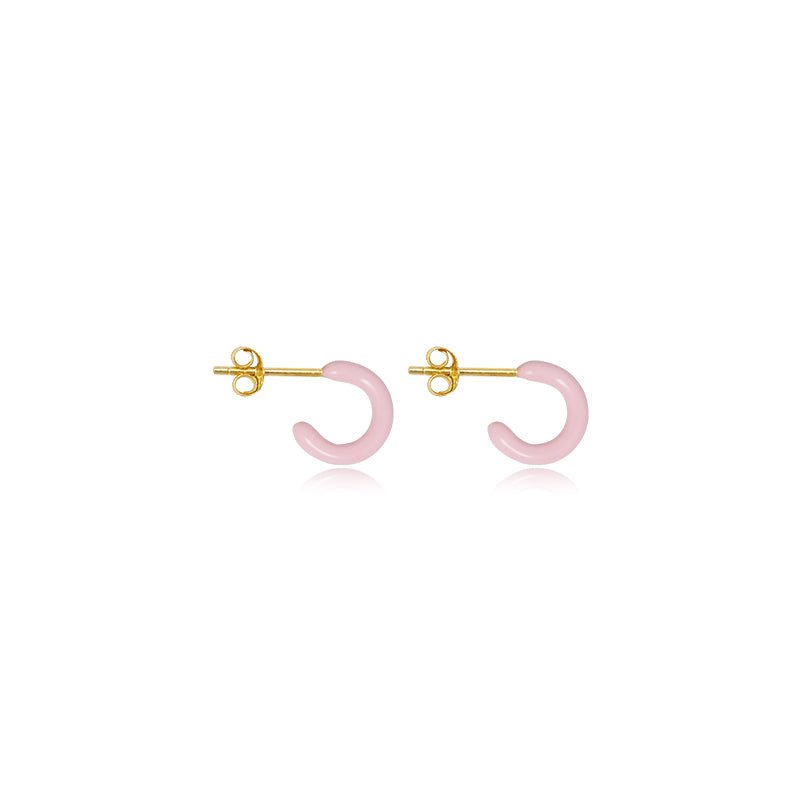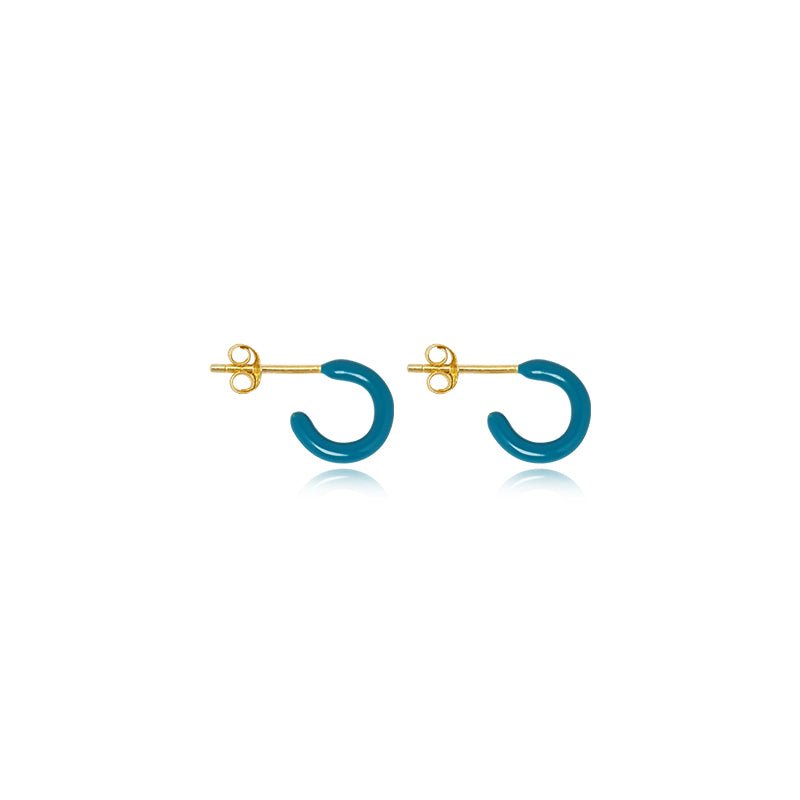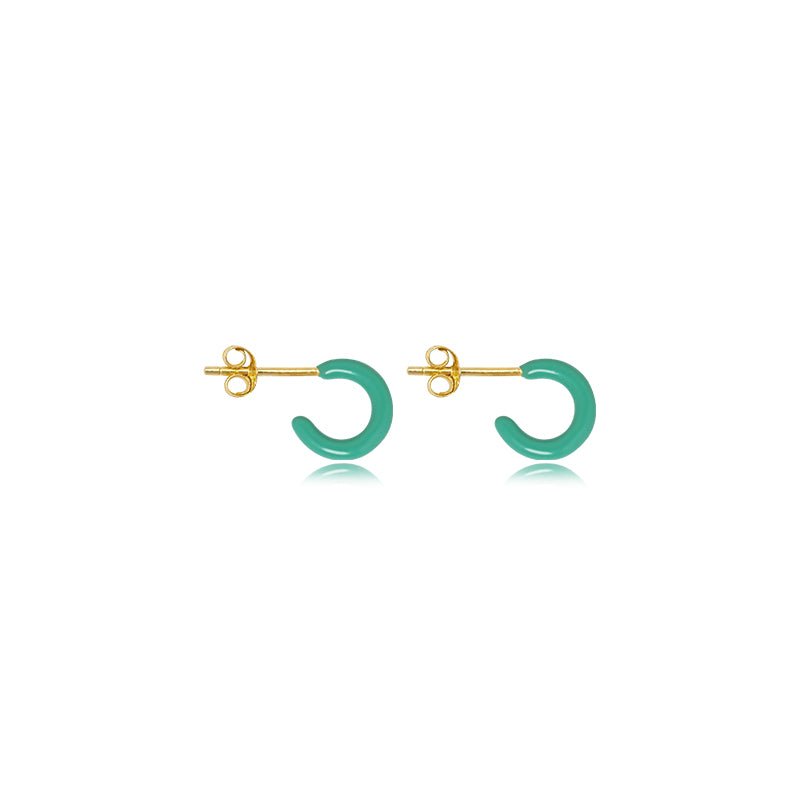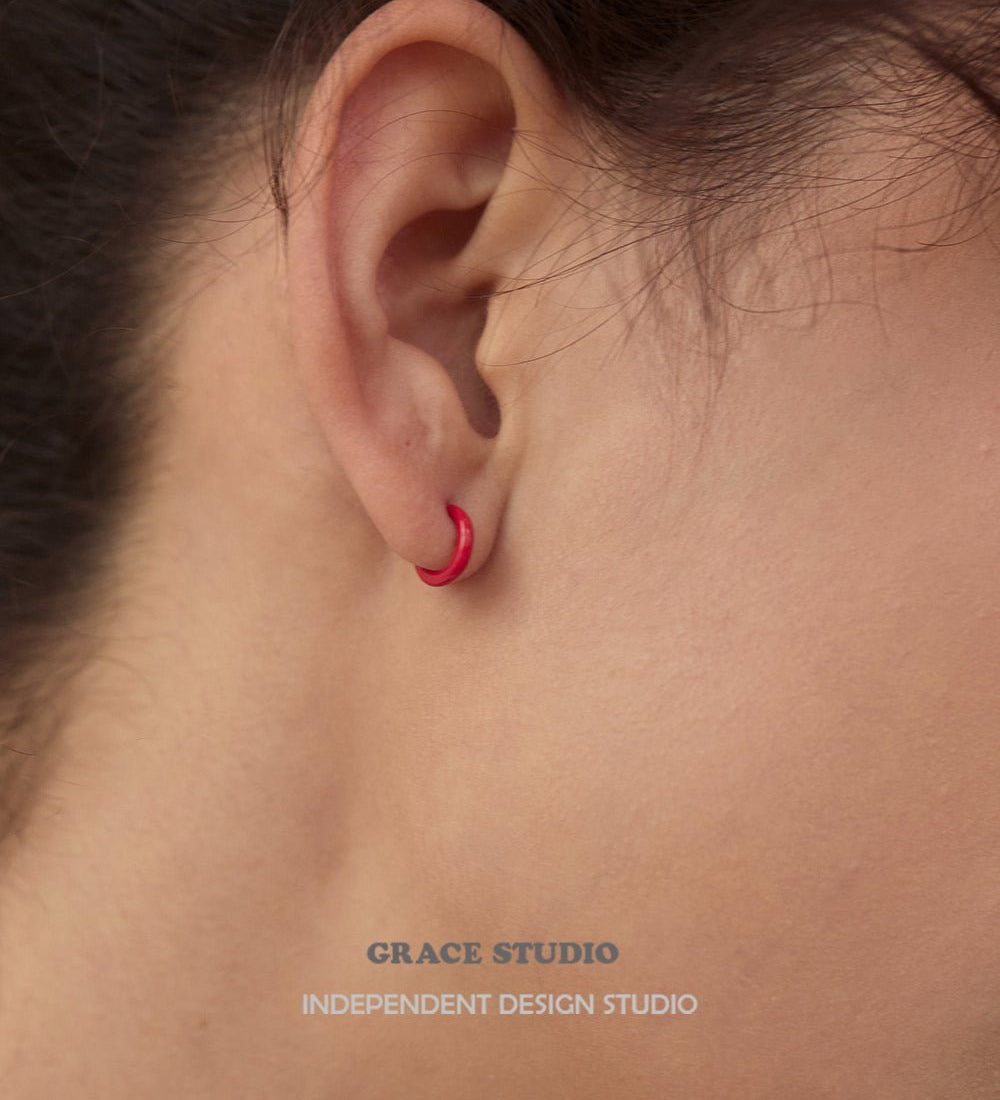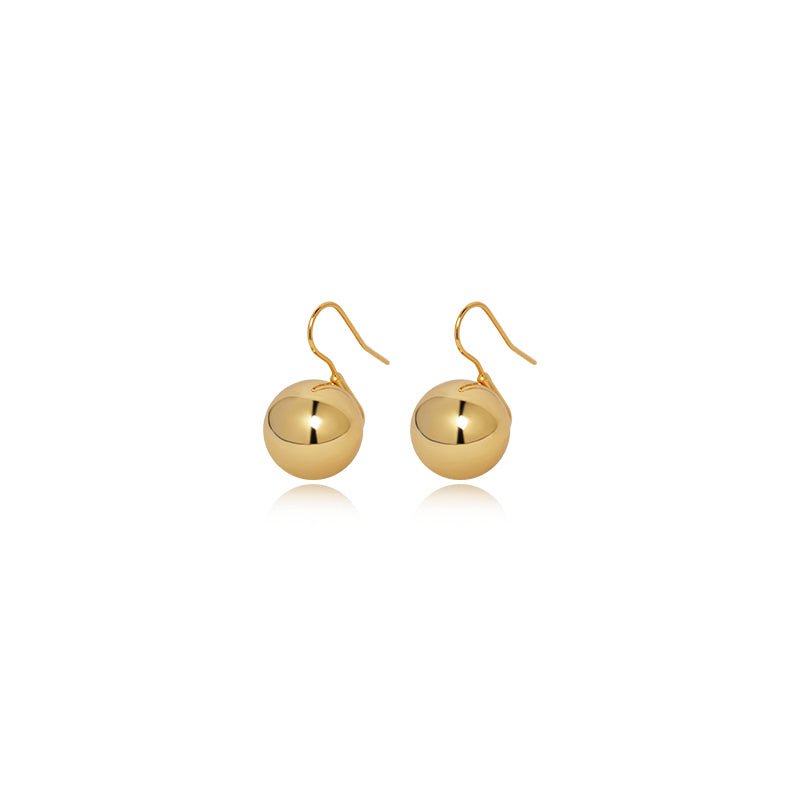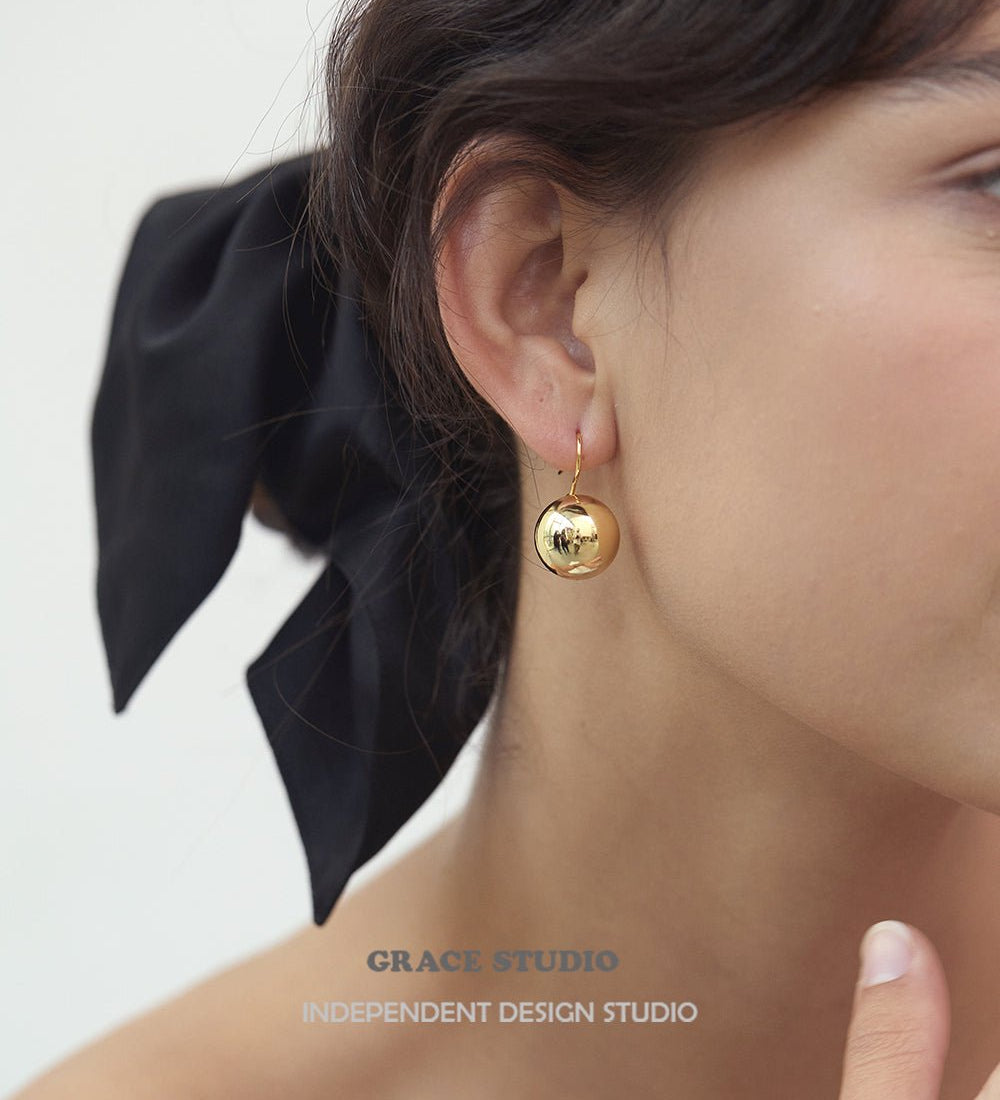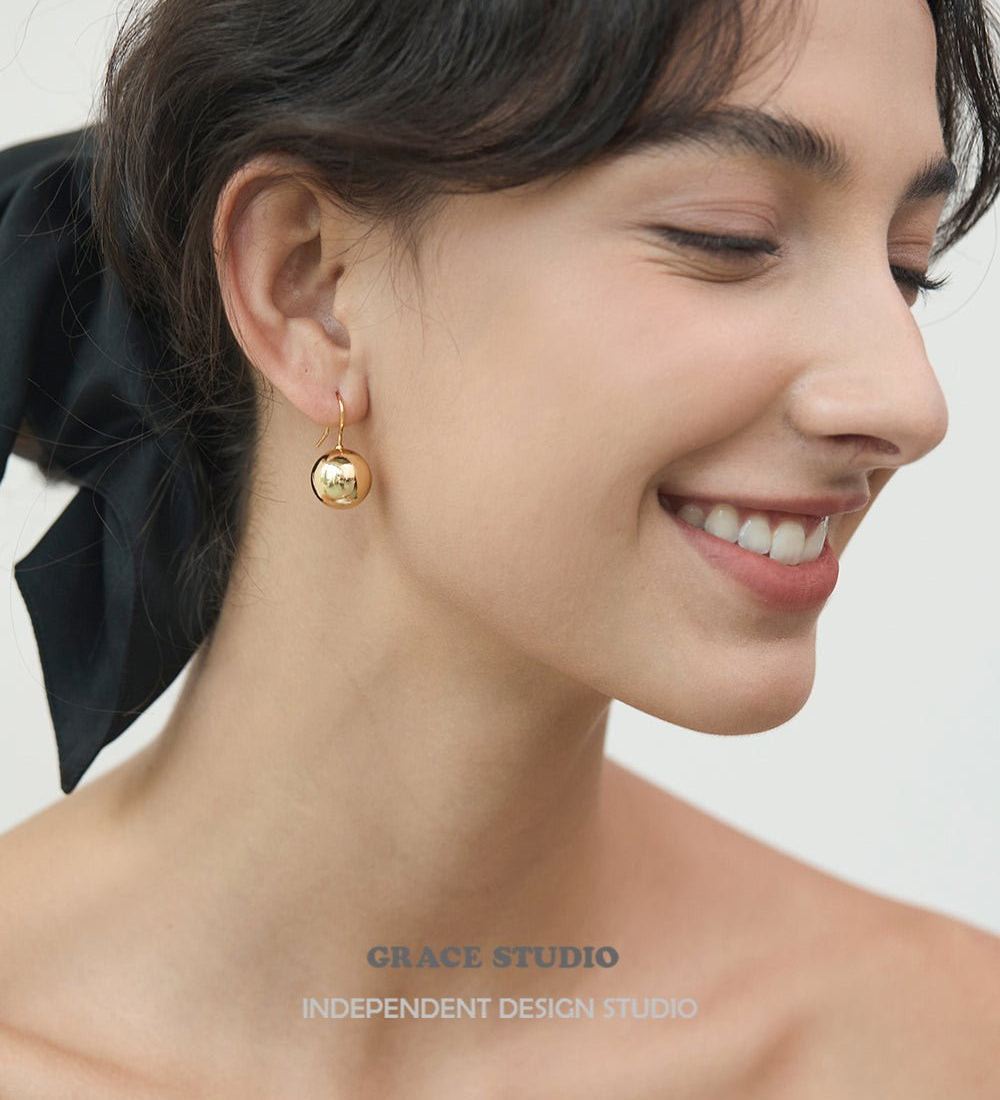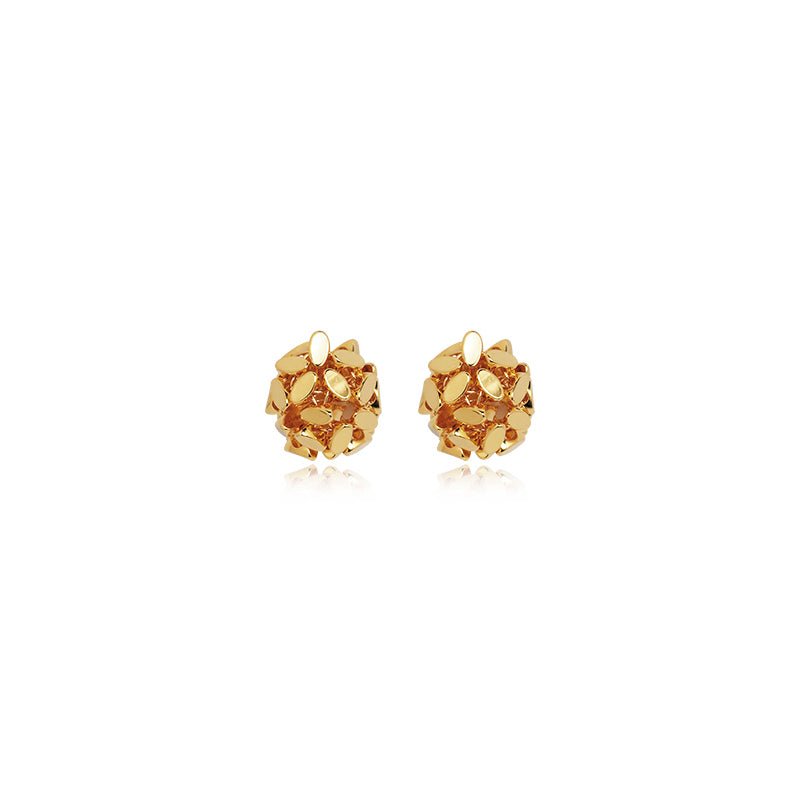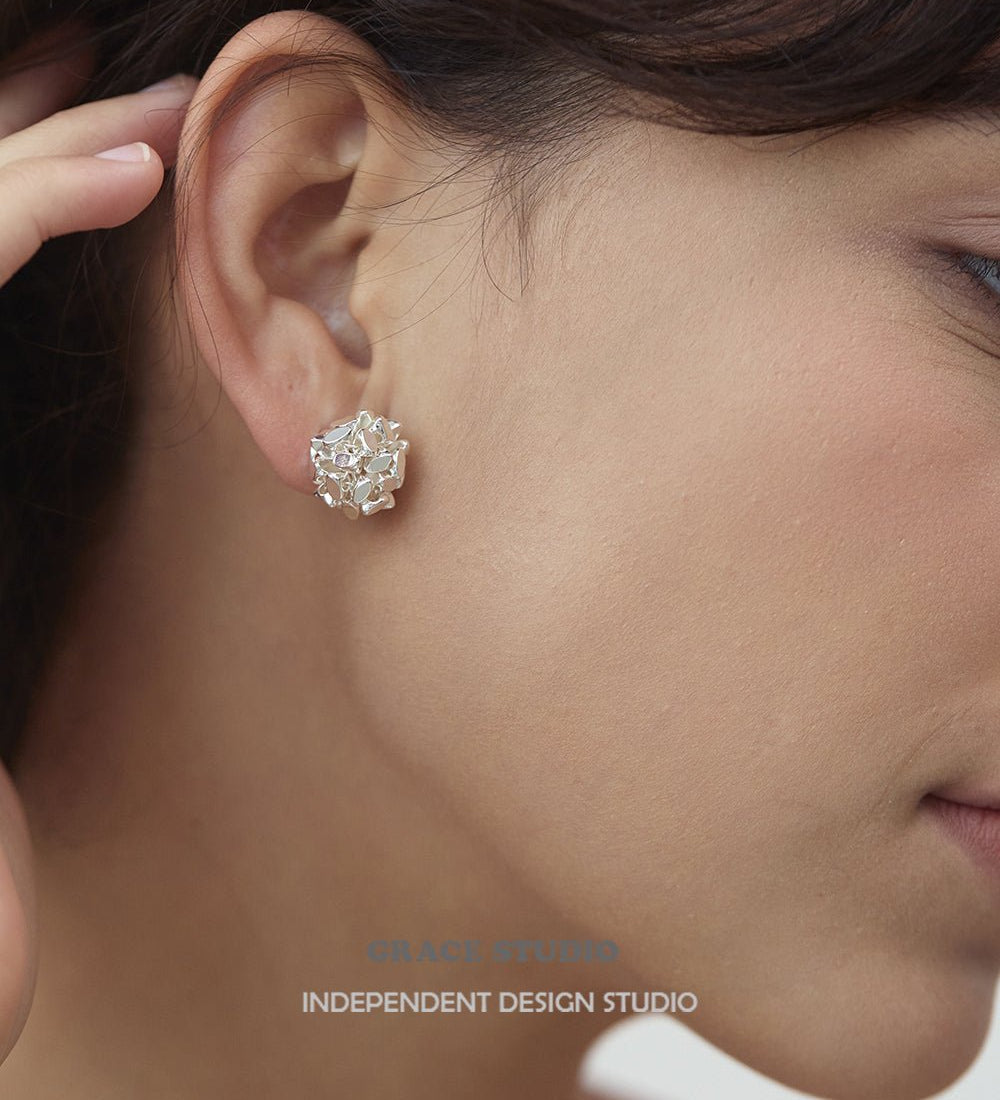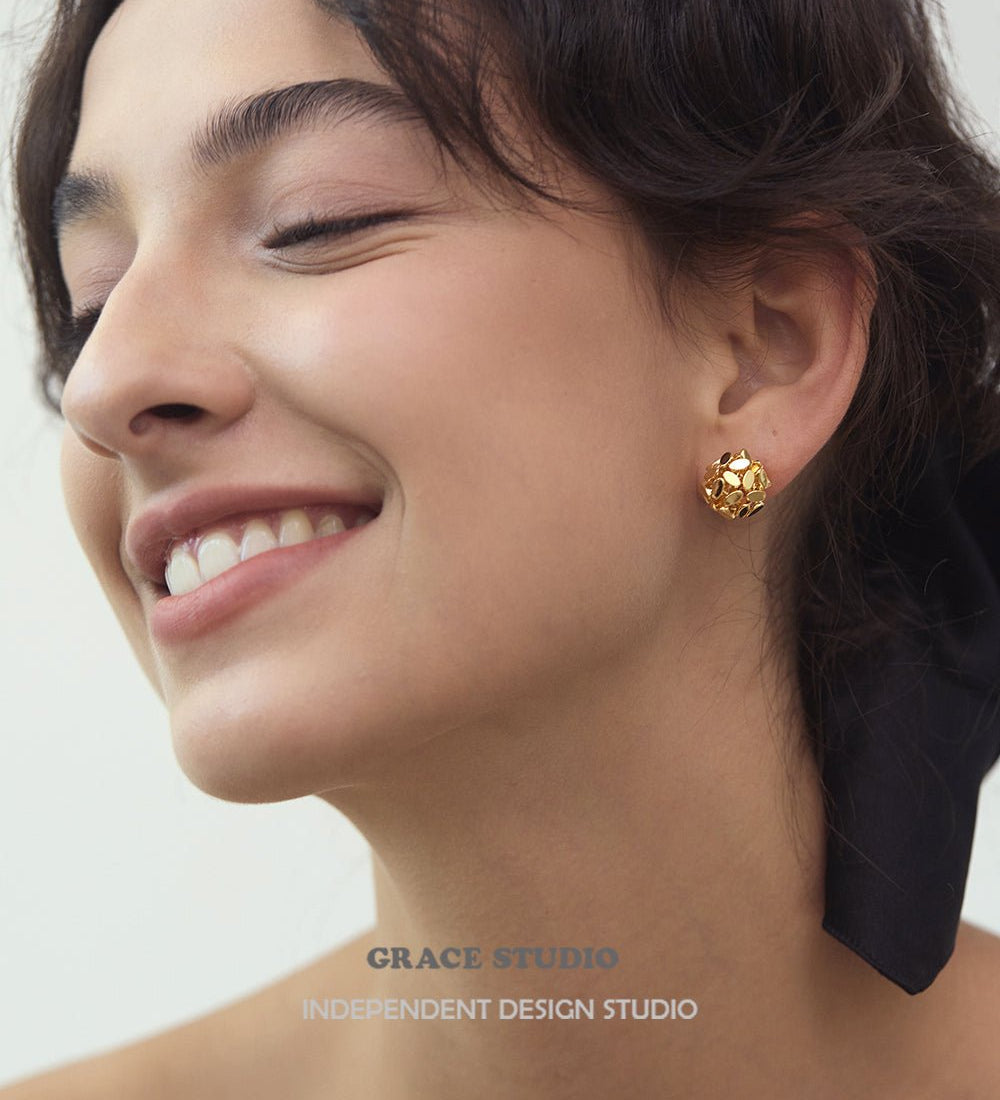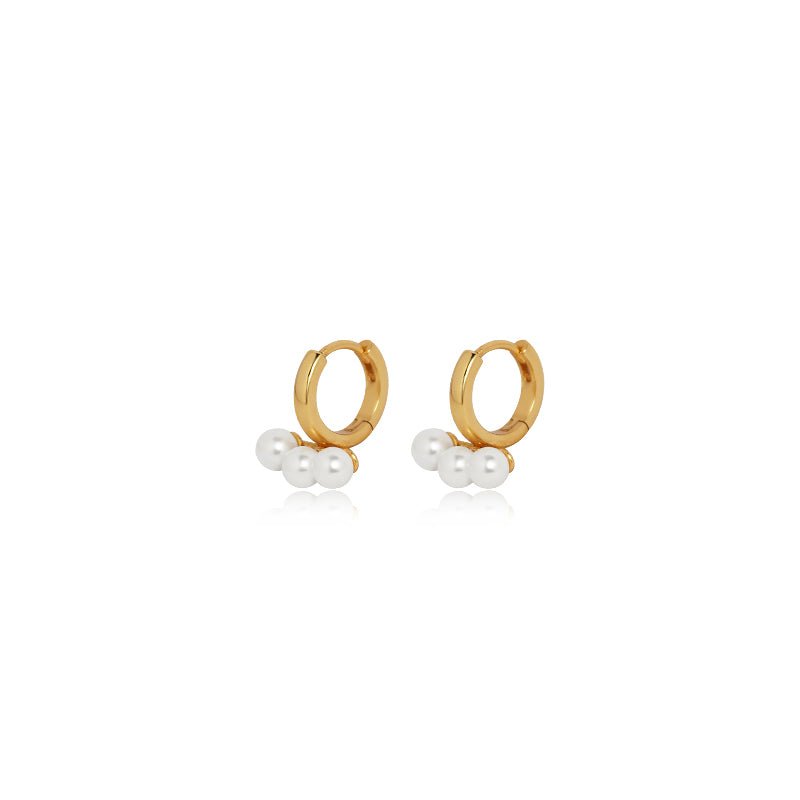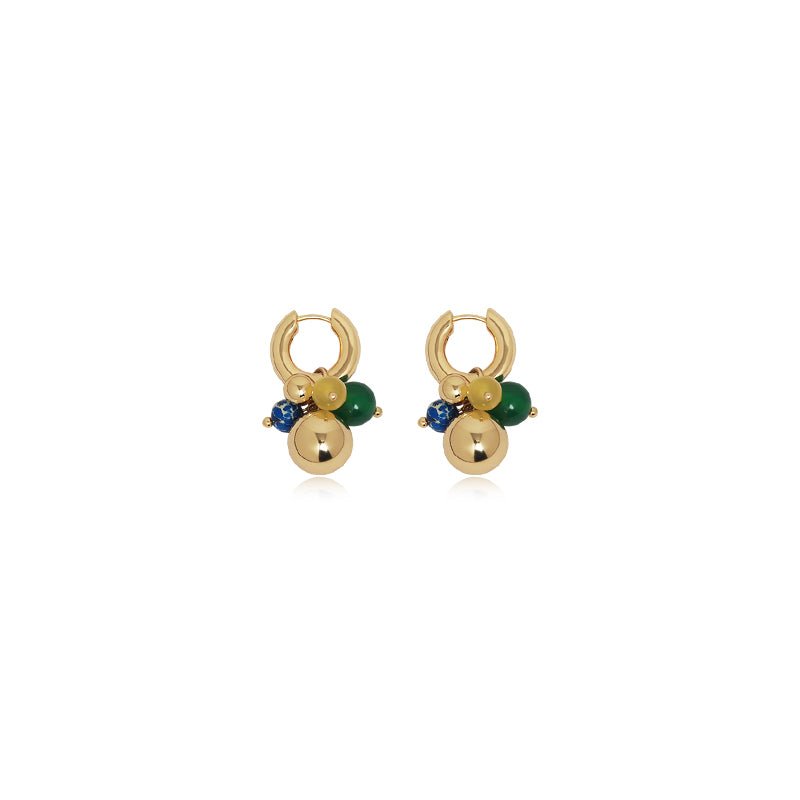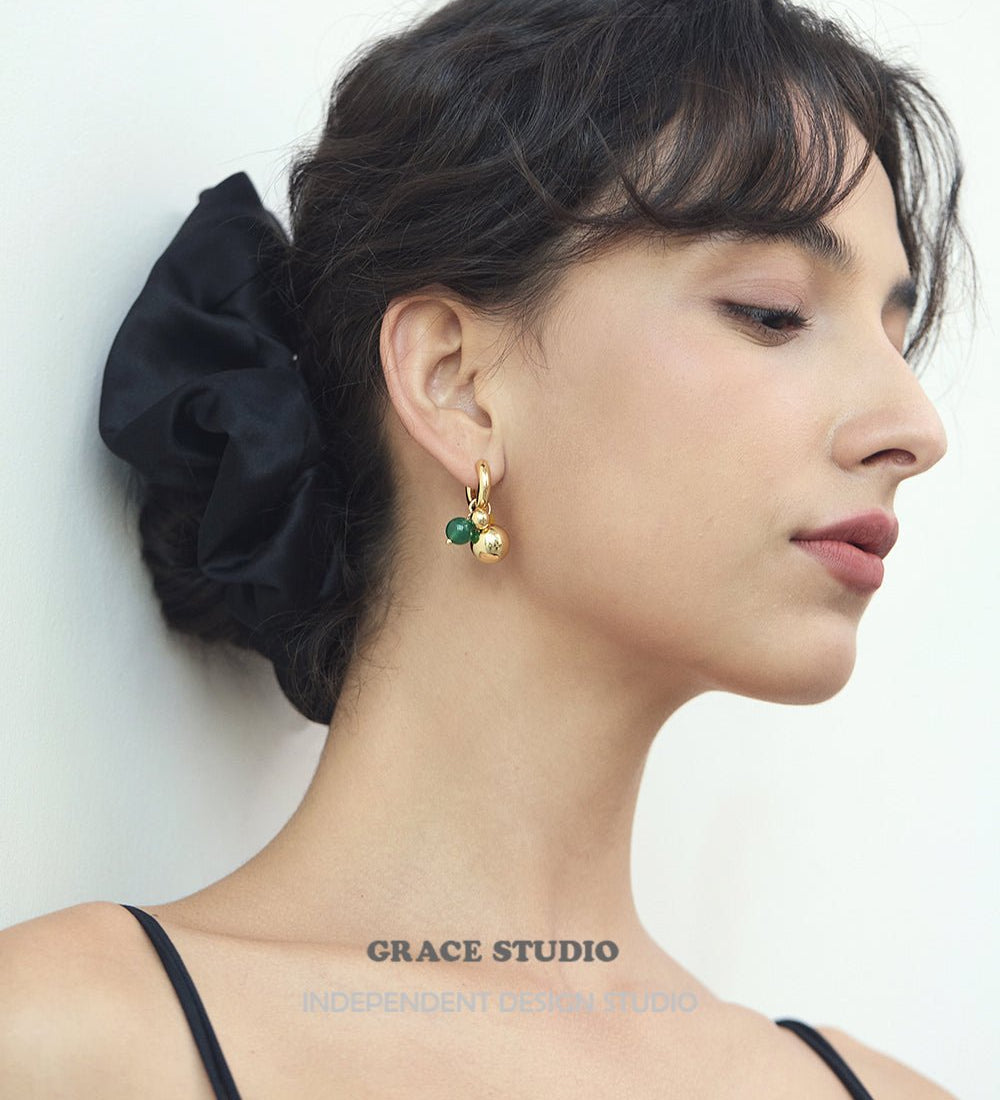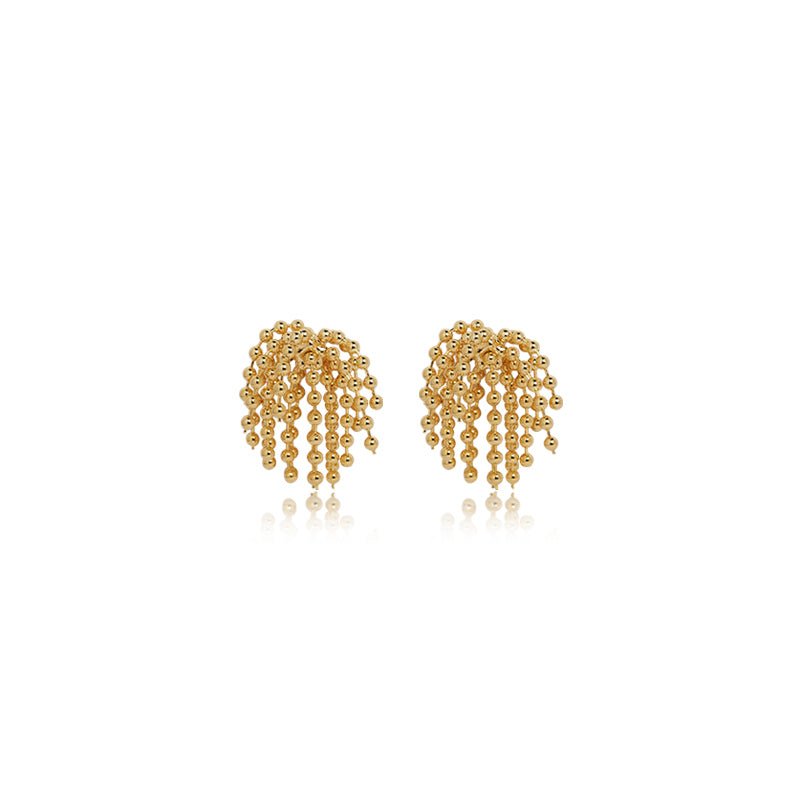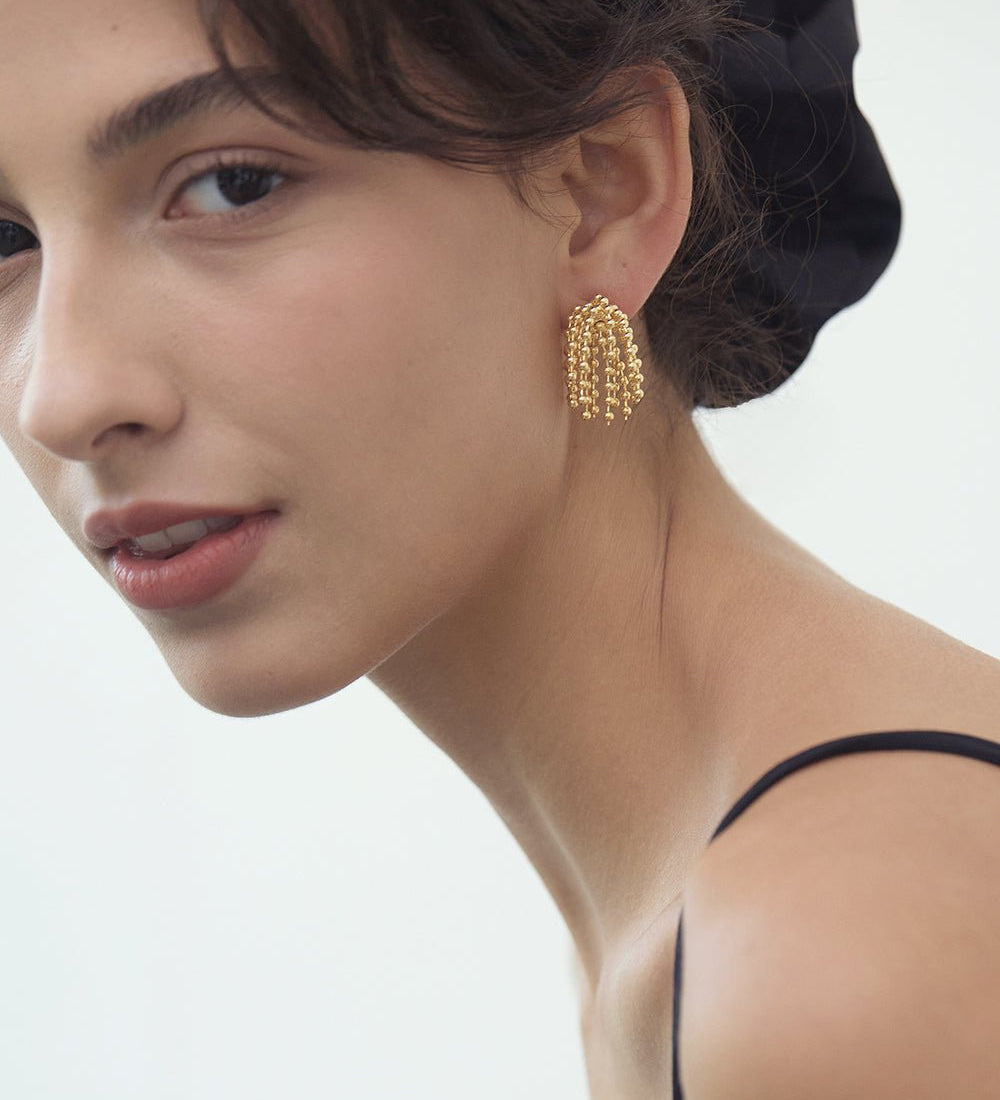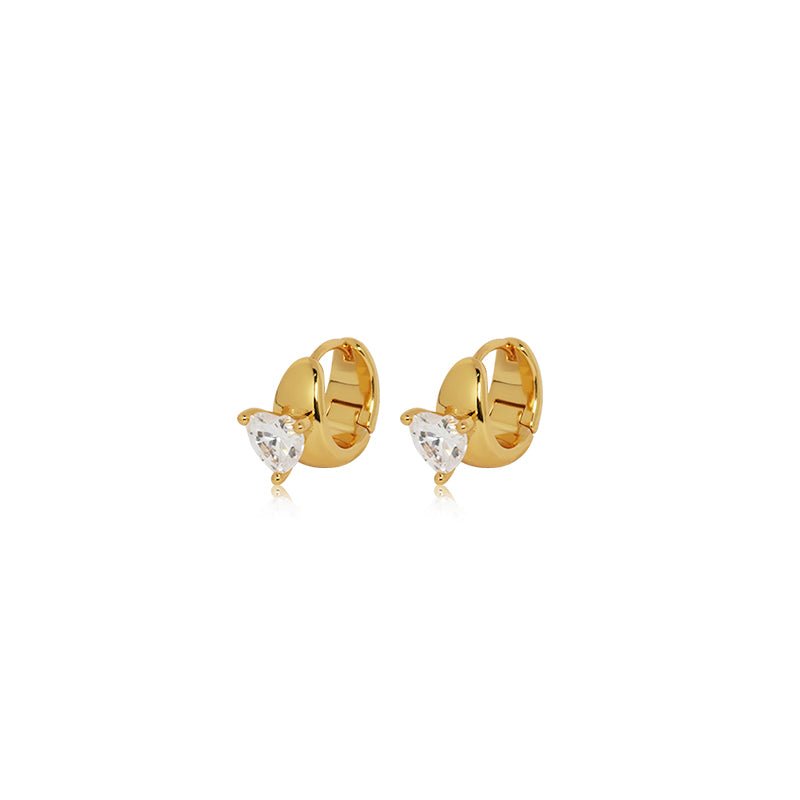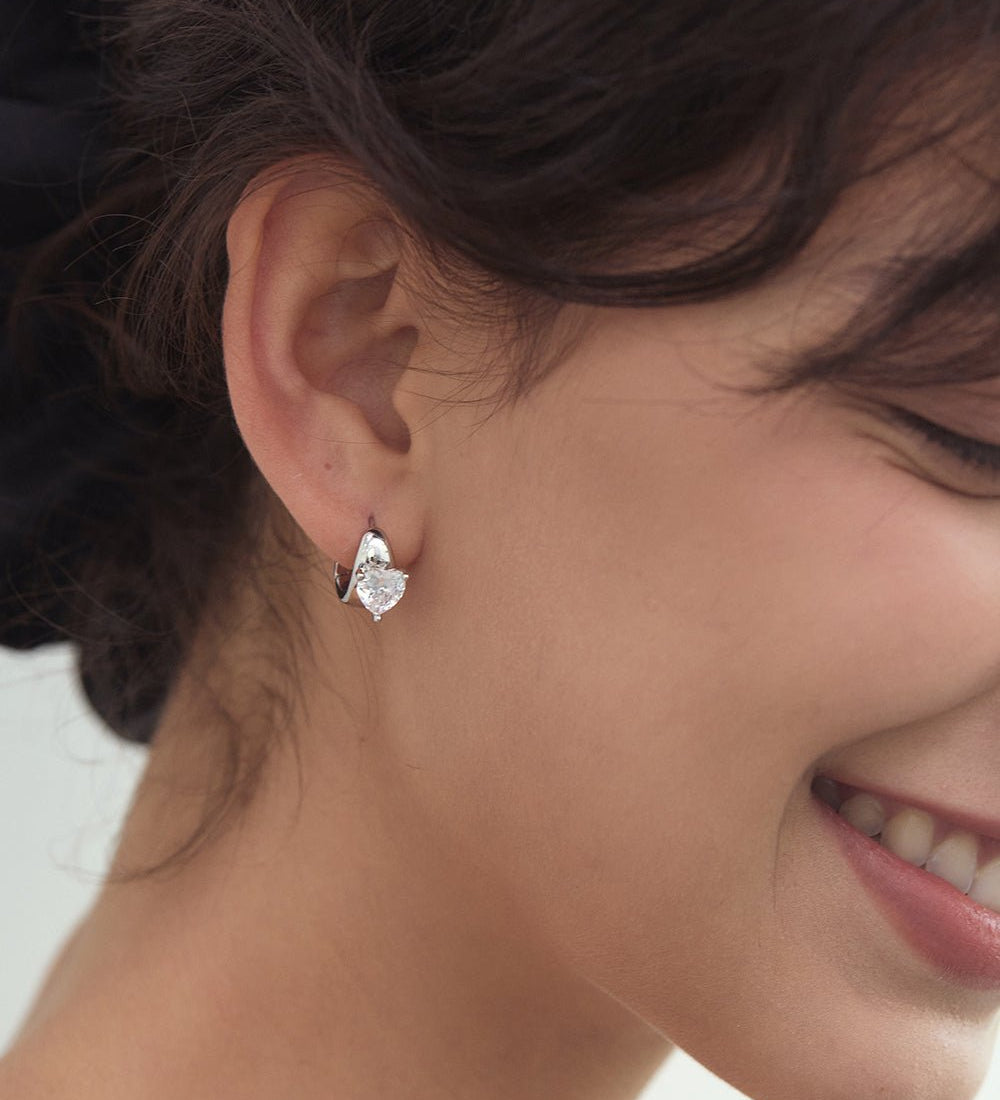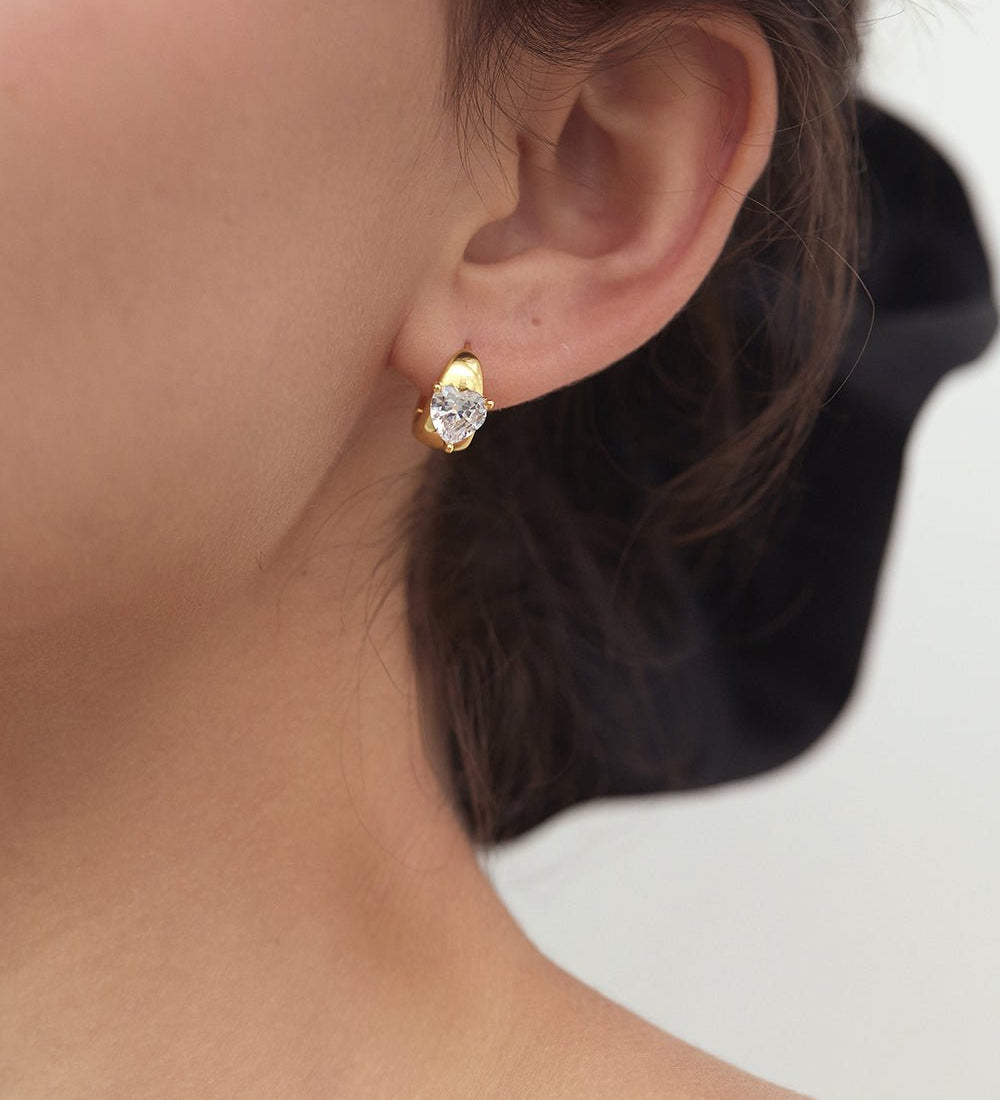How to Layer Pendant Necklaces: The Complete Beginner's Guide
Layering pendant necklaces isn’t just a passing trend, it’s become a go-to styling technique for anyone who wants to add effortless elegance, personality, or edge to their outfit. Whether you're working with delicate chains or chunky statement pieces, layering brings visual interest and balance to your look. Best of all, it’s endlessly customizable.
But while it looks effortless, pulling off a clean, stylish stack can be surprisingly tricky. How do you layer two pendant necklaces without them tangling? Can you mix metals like silver and gold? What if all your chains are the same length? This guide walks you through all of that, and more. From foundational rules to expert hacks, we’ll help you layer like a pro.
What Is Necklace Layering and Why It's Trending

Layering necklaces means wearing multiple chains at once, each at slightly different lengths and often with different textures or pendants. It’s a trend rooted in personalization: you can tell a story, show off a mix of your favorite charms, or build a focal point with one statement pendant.
So, what’s the rule for layering necklaces?
The "Rule of Three":
This golden rule helps create a clean, stylish arrangement:
-
Length Variation – Each necklace should fall at a different height.
-
Style Contrast – Mix chain styles (like a rope chain with a paperclip chain).
-
Focal Point – Choose one pendant or charm to draw the eye.
This structure keeps the look intentional, not chaotic. And pendant necklaces, in particular, are perfect for layering because they add movement, shine, and dimension, while keeping things light and versatile.
Starting Simple: How to Layer Two Pendant Necklaces
If you’re just getting started, layering two pendant necklaces is the easiest entry point. It creates enough interest without feeling overwhelming or messy.
A Balanced Two-Layer Look
Start with a base chain that sits closer to your neck, like a 16” or 18” chain. Pair it with a slightly longer pendant, around 20” to 22”. The key is leaving at least 2 inches of space between layers so they don’t sit right on top of each other or tangle.
Example combo:
-
Top Layer: 16” delicate chain with a dainty disc or charm
-
Bottom Layer: 20” pendant with a gemstone, tag, or locket
This setup works well in both gold and silver. If you’re styling gold pendant necklaces, consider pairing a plain gold coin with a longer hammered tag pendant. For silver pendant layers, try a short silver choker with a drop-style pendant or a crescent moon charm.
Stick to one metal at first to keep things cohesive. Once you’re confident with two chains, you can start exploring more advanced layering.
Choosing a Focal Pendant

As you start adding more layers, the trick to keeping your look balanced is choosing one pendant to be the star. This creates a visual anchor so your layers feel curated, not cluttered.
A statement pendant might be:
-
Larger in size
-
More detailed or colorful
-
Placed at the longest chain length (center of attention)
Avoid wearing multiple large pendants, which can compete with each other. Instead, complement your focal pendant with simpler, subtler layers.
Wearing Multiple Pendants on One Chain
You can wear more than one pendant on a single chain, but keep a few things in mind:
-
Space them apart evenly. Use small jump rings or fixed slider beads to keep them from bunching.
-
Limit the number to two (three at most) to avoid looking cluttered.
-
Try pendants of varying shapes and sizes, like a bar and a round locket, to add depth.
This is a great option for minimalists who still want dimension without multiple chains.
Mix Necklace Lengths for a Tangle-Free Look
Nothing ruins a layered look faster than tangled chains. The key to avoiding this? Varying your lengths, and being strategic with chain types.
Ideal Layering Lengths
To build a full stack, try this progression:
-
14” choker
-
16” chain with a tiny charm
-
18” pendant chain
-
20” or 22” statement piece
Each layer should sit comfortably below the previous one. If two chains are too close in length, they’ll twist and knot easily.
What If All Your Chains Are the Same Length?
No problem, there are a couple of easy fixes:
-
Use Necklace Extenders: Small chain pieces that add 1-3 inches to a necklace
-
Use a Necklace Layering Clasp: These attach to the ends of multiple necklaces and keep them spaced evenly at the back, preventing tangling
These small tools are surprisingly effective and worth investing in if you layer often.
Mastering the Art of Mixing Metals

Once you're comfortable with basic layering, you might feel tempted to branch out, and that’s where mixed metals come in. Gold and silver aren’t enemies. When done thoughtfully, they can create depth and a fashion-forward edge.
Can You Layer White Gold and Yellow Gold Necklaces?
Absolutely. The trick is to make it look intentional. White and yellow gold naturally contrast, so layering them works best when there’s a unifying detail. A pendant that combines both metals, or repeating one tone in multiple layers, keeps the look cohesive.
For example, try a white gold choker paired with a mid-length yellow gold coin pendant. Then, bring it together with a longer chain that includes a mixed-metal charm or a neutral stone like onyx or pearl.
How Do You Mix Yellow and White Gold Jewelry?
Use a strategy that feels deliberate:
-
Start with a mixed-metal piece as your centerpiece. It acts like a bridge between tones.
-
Layer from light to dark, white gold closest to the neck, yellow gold further down.
-
Match your other accessories, like earrings or rings, to reinforce the mix.
This way, the contrast feels curated instead of clashing.
Is It OK to Layer Gold and Silver Necklaces?
Yes, and it’s very on-trend. The old “pick one metal” rule is outdated. Designers now encourage contrast because it adds personality and flair.
Still, be mindful of the style and finish. A vintage gold rope chain might not pair well with a hyper-minimalist silver bar pendant. But two sleek, modern chains, one in gold, one in silver, can look bold and fresh when layered together with enough spacing and polish.
Layering by Chain Type and Pendant Style
Layering isn’t just about length and color, it’s about texture. Mixing different types of chains and pendants adds visual depth and prevents your necklace stack from looking flat or monotonous.
Chain Type Matters
Here are some combinations that tend to work well together:
-
Box Chain + Rope Chain: A clean, squared-off chain with a twisty rope adds contrast.
-
Snake Chain + Cable Chain: Sleek and subtle meets classic and structured.
-
Paperclip Chain + Curb Chain: Wide links mixed with flat, close-set links for balance.
Too many chunky chains together can look heavy. Instead, alternate between thick and thin styles.
Pendant Size and Shape
To avoid visual overload, think of pendants as accents, not competitors. Choose one hero pendant, such as a locket, medallion, or charm, and complement it with smaller, subtler pieces.
Balance tip: Don’t stack two oversized pendants close together. Instead, wear a bold pendant on the longest chain, then keep upper layers delicate and minimal.
Necklace Layering Ideas: Real Outfit Combos
Let’s break down a few practical stacks you can try:
Look 1: Effortless Casual
-
16” gold rope choker
-
18” dainty chain with tiny heart pendant
-
22” medallion coin necklace
Pair with a white tee and high-waisted jeans.
Look 2: Monochrome Elegance
-
15” silver snake chain
-
17” bar pendant necklace
-
20” drop pendant with moonstone
Works beautifully with a satin slip dress or a blazer.
Look 3: Boho Layer
-
14” beaded choker
-
18” turquoise charm on a thin gold chain
-
22” long tassel pendant
Ideal for summer dresses, flowy tops, or festival vibes.
These combinations give your necklace stack depth, contrast, and a sense of movement.
How to Layer Necklaces Without Them Tangling

Ah, the ultimate challenge: tangling. You’ve styled the perfect stack, but by midday, it’s a twisted mess. Here’s how to prevent that.
Use Weight and Length Strategically
-
Heavier chains tend to stay in place better than ultra-light ones.
-
Different lengths help necklaces rest without overlapping.
-
Avoid slick, fine chains together, they often twist more easily.
Necklace Layering Hack: Tools and Tricks
Here are a few genius, everyday solutions to keep your layers in check:
1. Use a Necklace Layering Clasp
These multi-ringed clasps separate each necklace at the back, making tangling far less likely. Some also magnetically snap open, so you can remove all chains at once.
2. Try the Straw Trick
Thread each chain through a drinking straw before clasping them behind your neck. It keeps them separated as you fasten and reduces the chances of them tangling instantly.
3. Use Invisible Separators
Small silicone necklace spacers are available online and work well for daily wear. They sit at the back of your neck and keep chains from overlapping.
Store Smart to Prevent Tangles
Your post-wear care matters too. Hang necklaces vertically on hooks, or store them separately in pouches or anti-tangle boxes. Never toss your layered setup into a drawer, you’ll regret it later.
Gold vs. Silver: Style by Metal
Knowing your personal palette helps take your layering from good to great. Here’s how to approach gold and silver from a styling perspective.
How to Layer Pendant Necklaces in Gold
Gold gives warmth, richness, and a touch of vintage charm. It shines best against warm-toned or neutral outfits, think beige, brown, olive green, or ivory.
Layering gold tips:
-
Stick with classic textures: rope, cable, box.
-
Choose warm-tone stones like amber, tiger eye, or citrine.
-
Works well for both minimalists and maximalists, depending on thickness.
Gold also pairs beautifully with tanned skin and summer looks.
How to Layer Pendant Necklaces in Silver
Silver offers a cooler, modern, and often edgier vibe. It pairs well with cool-toned or monochrome outfits, like black, grey, or icy blue.
Layering silver tips:
-
Use sleek chain styles: snake, curb, or herringbone.
-
Try pendants with clean lines, abstract shapes, or crystals.
-
Layering silver gives off a refined, minimalist energy.
If you wear a lot of black, silver will instantly elevate your aesthetic without overwhelming it.
Styling by Occasion (and Gender)
Your necklace stack should reflect where you’re going and how you want to feel. Here's how to tailor your layers to suit different vibes.
Casual Daywear
Think light, effortless layers. Pair a choker with one or two mid-length pendants over a t-shirt or blouse. Dainty, thin chains are perfect here.
Formal or Evening
This is where statement pendants and rich textures come in. Layer a bold lariat or gemstone necklace over a sleek neckline. Add a fine choker or collar-length chain for depth.
Office-Friendly
Stick with subtle metals, clean pendants, and well-spaced layers that won’t clash with collars. A short chain with a bar pendant paired with a 20” minimal tag necklace often works well.
How to Wear Multiple Necklaces for Guys
Men can absolutely layer necklaces, but the approach is slightly different.
Start with two: One shorter chain (18”) and one longer pendant (24”) is a safe combo.
Go for bold or symbolic pendants, think dog tags, crosses, or shields. Choose darker or matte finishes, like oxidized silver or gunmetal, and avoid overly shiny or dainty chains unless you're going for a high-fashion look.
Wear your stack over a plain tee, open shirt, or under a jacket for subtle dimension.
Caring for Your Layered Necklaces

You’ve styled the perfect look, now it’s time to make it last.
Daily Care Tips
-
Remove necklaces before workouts, swimming, or sleeping.
-
Wipe them with a soft cloth after wear to remove oils and sweat.
-
Keep gold and silver jewelry dry, moisture accelerates tarnishing.
Storage
-
Use anti-tangle jewelry cases with individual hooks or compartments.
-
Hang necklaces vertically when possible.
-
For traveling, roll necklaces in soft cloth and secure each with a clip or baggie.
Cleaning Tips
-
Gold: Soak in warm water with mild dish soap. Rinse and polish with a jewelry cloth.
-
Silver: Use a silver cleaning cloth or a baking soda + foil method (carefully).
-
Mixed Metals: Stick with gentle soap and water; avoid harsh chemicals.
Rotate Your Stack
Don’t wear the same exact combo daily. Give pieces a break to avoid chain wear, broken links, or excessive tarnishing.
Conclusion: Make the Look Your Own
Layering pendant necklaces is about more than fashion, it\u2019s a way to express personality, emotion, and mood. Start simple. Learn the rules. Then bend them in your own way.
Mix metals. Play with texture. Add a chain you found on a vacation next to a cherished heirloom. Whether you’re going for boho, chic, street, or classic, your necklace stack can be as unique as you are.
And now? You know exactly how to make it work.

